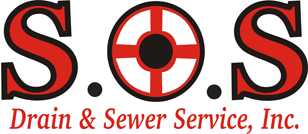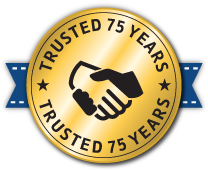Although triclosan does not cause a direct issue with the sewer system, or at least not yet, it is a major problem that is associated with Americans’ obsession with antibacterial products.
While many people enjoy sanitizing their hands after touching a shopping cart or using a public restroom, the amount of anti-bacterial products that are used across the U.S. has reached an extreme level. It is so bad that doctors have become vending machines for antibiotics and it has something to do with the fact that people sanitize so much that super bugs are thriving.
But these concerns are not the only concerns. There are environmental concerns as well. This is why the Minnesota senate has banned triclosan, the anti-bacterial chemical used in sanitizing products. It is a chemical that is found in almost 75 percent of consumer products.
So here’s the big deal:
Triclosan kills bacteria, but it also disrupts the endocrine system, which can disrupt the hormones that are important to reproduction. When triclosan is washed down the drain, it breaks down into dioxins (toxic to humans and animals) and that causes a great number of issues for the ecosystem.
So how do they know that triclosan in anti-bacterial products is the culprit?
It is because it has been found in the sediments of ponds and lakes in Minnesota and throughout the U.S. Sewage treatment plants are not able to filter out this very dangerous chemical due to the fact that
Unfortunately, triclosan has not been banned on a national level. Even Johnson & Johnson and Proctor and Gamble have banned the use of triclosan from their products.
On the flipside, the American Cleaning Institute touts the health benefits of keeping the chemical in all of the products that they stand by. This is despite the negative environmental and health effects because sewage systems cannot filter it out. Over time, it simply adds up in the environment. In other words, it adds up in the water supply.
In a study that was conducted by the Center for Disease Control and Prevention, triclosan was found in the urine of ¾ of the people they tested for it.
The FDA, however, has said the chemical does not have a negative effect on human health, despite the fact that it has been shown to be harmful to animals. But a study by the University of California Davis showed that mouse heart function decreased by 25% and human skeletal muscle and heart cells decreased in function and also led to heart failure. It also showed to act as an estrogen imitator, which increased the risk of breast cancer.
And how most people are exposed to it starts with the drain. Most triclosan is washed down the drain and into the sewer system. There is nothing that can be done at this point within the sewers or in sewer treatment plants to rectify the issue. No amount of sewer cleaning or any such actions will help. That is why Minnesota is getting to the heart of the problem by addressing the source and that is the chemical itself.








